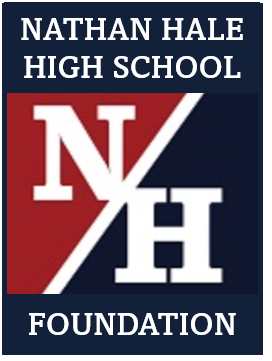10 Common Principles guide our school community
Learning to use one’s mind well. The school should focus on helping young people learn to use their minds well.
Less is more: depth over coverage. The school’s goals should be simple: that each student master a limited number of essential skills and areas of knowledge.
Goals apply to all students. The school’s goals should apply to all students, while the means to these goals will vary as those students themselves vary.
Personalization. Teaching and learning should be personalized to the maximum feasible extent.
Student as worker, teacher as coach. The governing practical metaphor of the school should be “student as worker”, rather than the more familiar metaphor of “teacher as deliverer of instructional services”.
Demonstration of mastery teaching and learning should be documented and assessed with tools based on student performance of real tasks.
A tone of decency and trust. The tone of the school should explicitly and self-consciously stress values of unanxious expectation, of trust, and of decency.
Commitment to the entire school. The principal and teachers should perceive themselves as generalists first (teachers in general education) and specialists second (experts in one particular discipline).
Resources dedicated to teaching and learning. Ultimate administrative and budget targets should include student loads that promote personalization.
Democracy and equity. The school should demonstrate non-discriminatory and inclusive policies, practices, and pedagogies.
Visit Coalition of Essential Schools for additional information.

